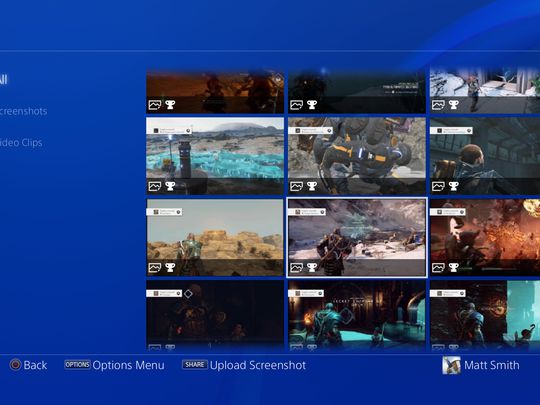
Understanding Blockchain: A Guide to What Is a Sidechain in Cryptocurrency

Understanding Blockchain: A Guide to What Is a Sidechain in Cryptocurrency
Quick Links
Some blockchains have shortcomings—for example, Bitcoin and Ethereum’s blockchains are not adept at handling a large number of transactions at a low cost. Sidechains are a way to minimize inefficiencies in these Layer 1 blockchains.
Layer 1’s Need Help
The most decentralized and secure blockchains tend to lack the ability to process large amounts of transactions cheaply without a little help. Sidechains are a type of Layer 2 protocol that helps lighten the load of congested Layer 1 blockchains like Bitcoin and Ethereum.
Related: What Is a Layer 2 Protocol in Crypto?
There are other Layer 2 solutions like channels and rollups. Sidechains have risen in popularity compared to the other methods because they are difficult to alter. When money is involved, users prefer systems that are difficult to change so as not to incentivize financial malpractice.
Sidechains Bridge the Gap
A sidechain is an entirely separate blockchain that communicates with the Layer 1 blockchain it supports, like Bitcoin or Ethereum . Data is relayed between the two via a “peg.” A peg is similar to a bridge with two directions of traffic.
The peg operates behind the scenes. It is the underlying technology that helps maintain communication between the sidechain and the Layer 1 blockchain. The two key processes that facilitate transactions are known as locking and releasing. Locking is the first step. Whatever amount of cryptocurrency is used on the sidechain is collateralized and locked on the main blockchain. This keeps the sidechain and the main blockchain in balance. When the transaction is complete on the sidechain, funds are then released from the sidechain and the collateralized amount from the main blockchain is reimbursed to the user.
An intermediary is needed to keep the bridge of communication flowing between the sidechain and main blockchain. This intermediary is known as a federation. The federation can be a group of developers or smart contracts that enforce rules to ensure a balance of funds is maintained between the sidechain and Layer 1 blockchain. While not likely, this intermediary could technically manipulate transactions as funds pass from the main blockchain to the sidechain.
Related: What Is a “Blockchain”?

Why Blockchains Need Sidechains
The beauty of sidechains is that they process transactions efficiently and cheaply. If you have purchased or used Ethereum since mid-2020, you will know that gas fees can be costly . This was not always the case. Ethereum has many more users now than when it was originally launched. The congestion on the network causes slow processing times and high fees.
Related: What Are Ethereum (ETH) Gas Fees?
Sidechains offer an effective way to increase the capacity of the network. However, there are some tradeoffs. One of the main reasons users flock to Layer 1’s is because of their decentralization and security. This feature inhibits a Layer 1 blockchain’s ability to scale. Sidechains help scale but sacrifice some of the decentralization and security inherent to Layer 1’s.
Exponential Growth
Sidechains have grown along with Bitcoin and Ethereum. One sidechain, in particular, has experienced massive growth in the last year as Ethereum’s gas fees have risen. Polygon was launched in 2019 and has benefited from Ethereum becoming the preferred blockchain of NFTs , DeFi , and other applications. On its own Ethereum can process roughly 12 to 30 transactions per second. The Polygon blockchain increases throughput to nearly 10,000 transactions per second.
To help quantify the increased utility of Polygon, it can help to look at the price of Polygon’s blockchain token, MATIC. One MATIC token was only worth tenths of a penny when first launched. Since, then the price has increased to $1.68 at time of writing and hit a high of $2.87 in December of 2021. That is nearly a 14,000% increase.
There are a plethora of sidechains out there other than just Polygon. Each one has unique qualities that differ from the other. Some help facilitate the rising application of blockchains in gaming and social media utility like Loom . Rootstock is the main sidechain that helps scale Bitcoin. Plasma has become a favorite of developers in the world of decentralized finance apps (dApps). They all aim to accomplish the scaling issue of Layer 1’s, just in slightly different ways.
- Title: Understanding Blockchain: A Guide to What Is a Sidechain in Cryptocurrency
- Author: Jeffrey
- Created at : 2024-08-26 17:36:54
- Updated at : 2024-08-29 12:14:35
- Link: https://some-knowledge.techidaily.com/understanding-blockchain-a-guide-to-what-is-a-sidechain-in-cryptocurrency/
- License: This work is licensed under CC BY-NC-SA 4.0.